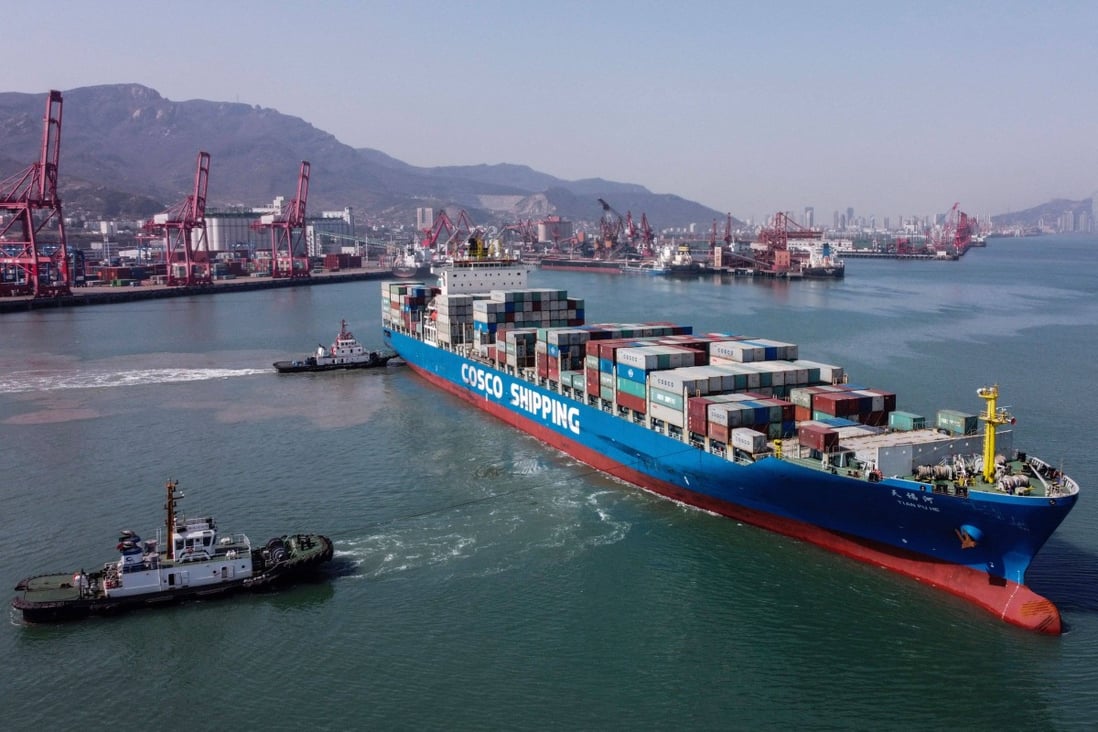
The United States and the rest of North America will be the biggest importers of goods this year while China and other Asian economies will lead the way in supplying them, the World Trade Organization (WTO) said.
North America will drive demand in merchandise trade this year thanks to large fiscal injections in the US, the WTO announced in its global trade forecast on Wednesday. US imports are set to rise by 11.4 per cent after tumbling 6.1 per cent last year.
Europe and South America will also see an increase in imports, but not as much as North America.
In turn, most of the demand for goods will be met by producers in Asia, where exports are expected to grow by 8.4 per cent this year, with China to account for most. the WTO said. European exports will increase nearly as much, while shipments from North America are tipped to rise by 7.7 per cent.
A better than expected recovery in trade late last year, aided by the arrival of Covid-19 vaccines in November, helped boost the positive trajectory, although full recovery will be uneven and could suffer setbacks due to new outbreaks, the Geneva-based trade body added.
Major government policy interventions, including Washington’s much larger-than-expected stimulus package of US$1.9 trillion, have also boosted household incomes and supported continued spending on all goods, including imports, the WTO said.
“In addition, many businesses and households adapted to the changing circumstances, finding innovative ways to sustain economic activity in the face of health-related restrictions on mobility,” the WTO said in its forecast.
“Effective management of the pandemic limited the extent of the economic downturn in China and other Asian economies, allowing them to continue importing. These actions helped prop up global demand and may have prevented an even larger trade decline.”
Asian exports recovered strongly at the end of last year mainly due to the relatively small impact the coronavirus had on certain economies in the region, and due to the fact that Asia has been supplying the world with consumer goods and medical supplies during the pandemic, the WTO said.
All in all, signs are promising with overall global merchandise trade expected to rise by 8 per cent this year – an improvement of an earlier WTO forecast of 7.2 per cent – making up for the full-year 2020 decline at 5.3 per cent, caused by the pandemic.
When describing the road ahead, WTO director general Ngozi Okonjo-Iweala drew on the damage to trade caused by the grounding of the massive container ship, Ever Given, in the Suez Canal. The blockage of one of the most vital trade routes in the world was estimated to cost global trade almost US$10 billion a day.
“That the Ever Given has been able to cause this much disruption shows that global merchandise trade is relatively robust,” Okonjo-Iweala said in a press conference on Wednesday.
Although the WTO did not break down what goods would dominate improving trade this year, it said products from China and Asia that had been in demand over the past year, including medical supplies, textiles and electronics, would continue to do well.
“China still has an important position in these products where demand was strong and will remain strong as we exit the pandemic,” senior WTO economist Coleman Nee said.
However, the trade in merchandise goods could also give way to more services later in the year, the WTO said.
“When we can go out to dinner and go out to shows and things like that and again, instead of spending money on computers and pharmaceuticals and toys, games and sports equipment, it will shift more of our expenditure to the non-tradeable consumable goods,” WTO chief economist Robert Koopman said.







